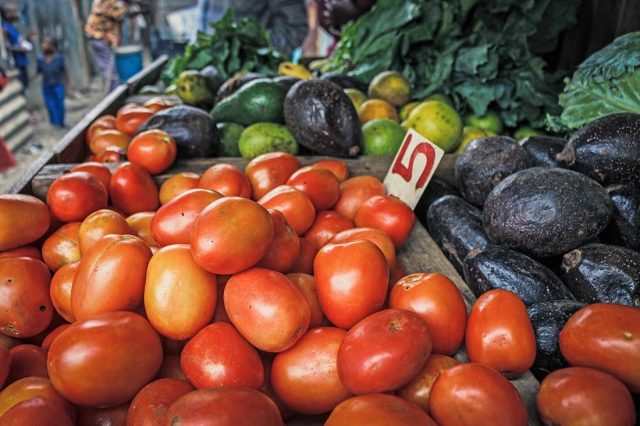
It’s business etiquette to extend to your most loyal customers whether they show up once in a month to buy in bulk or they are daily spenders. At the end of the day books of account must be kept with the stock sold on cash dominating that sold in credit, but the case is different for shopkeepers/supply chain credit.
In a recent report by CBK after conducting a Financial Access Household Survey dubbed FinAccess 2019 that measures and tracks developments and dynamics in the financial inclusion landscape in Kenya from the demand side, the highest default rate was reported for goods and services on credit from shopkeepers. Proportions of defaulting were estimated at 45.4 percent for shopkeepers, 18.1 percent for Mobile Banks and 12.7 for loans from family and friends.
Kenya has made progress in expanding financial access as the overall access to formal financial services and products improved to 82.9 percent in 2019 from 75.3 percent in 2016, implying the 89 percent can access any form of financial services. These developments were attributed to the introduction of mobile financial services in 2007, followed by increased partnerships and innovations such as mobile banking, agency banking, digital finance and mobile apps.
The gap between savings and credit has narrowed in the period 2016 – 2019 as the uptake has been rising steadily while the savings rate remains gradual. Credit uptake through formal and non-formal digital channels as well as informal sources, in particular, shopkeeper credit and family/friends recorded a notable increase in 2019 compared to 2016.
Although informal financial access declined from 32.1 percent in 2006 to 6.1 percent in 2019 because of digital finance and mobile apps, and despite advances in formal financial inclusion, the informal still persists although on a decreasing trajectory. Households borrowing from shopkeepers/supply chain credit are the highest recorded at 29.1% followed by digital apps estimated at 8.3% respectively.
What good is lending 29.1% of your goods and services as a business person only for 45.4% of your credit borrowers to default in the name of unexpected emergency expenditure or other pending loans that needed immediate servicing?



